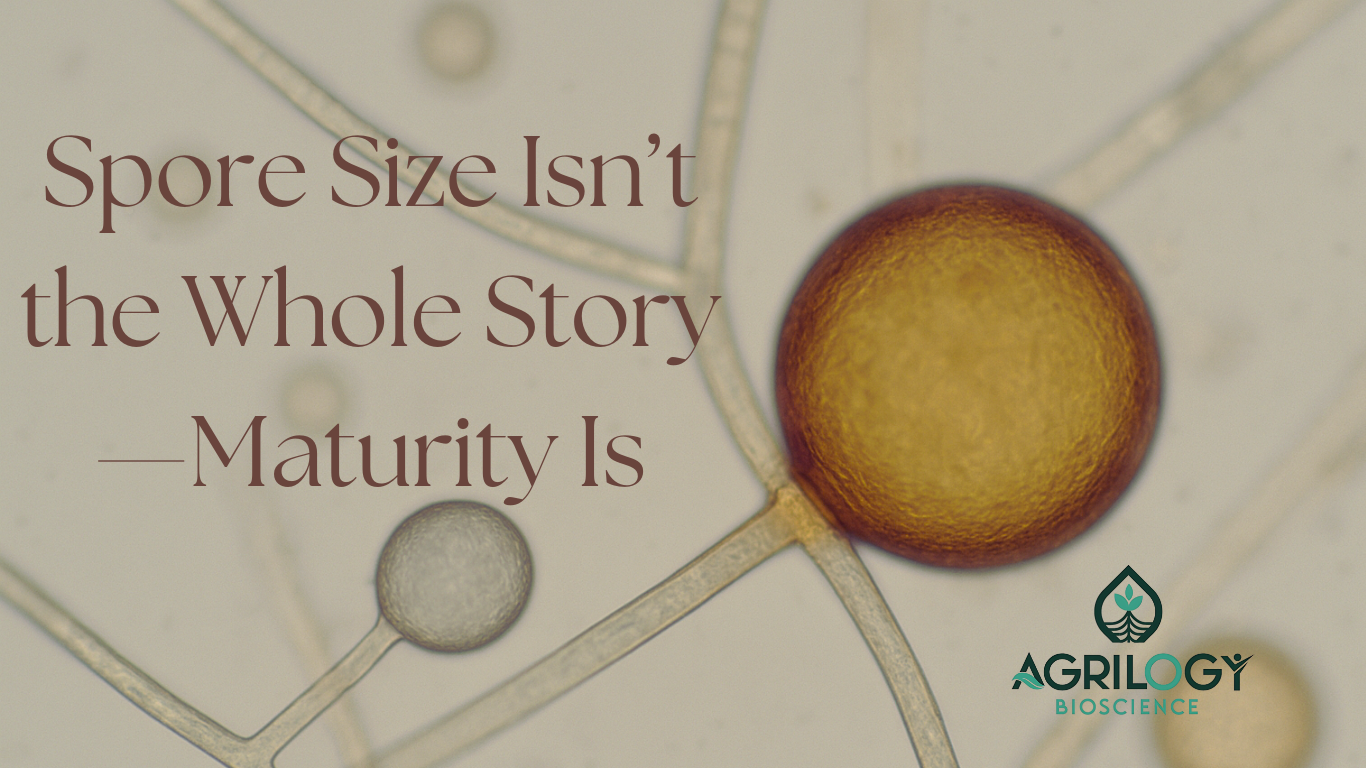
- Home
- Small but Mature! The Difference Between Natural Size and Immaturity in AMF Spores

Aditi Bijalwan
Co-founder at Agrilogy Bioscience Private Limited
Why spore size alone can’t tell you the whole story?
Have you ever bitten into a fruit too early? A mango that’s still hard and sour, or a banana that’s green and starchy? You know instantly—it wasn’t ready. But what about cherries or berries? They’re small, yet perfectly sweet when ripe.
AMF (Arbuscular Mycorrhizal Fungi) spores work a lot like fruits. Some are naturally small but ready for action, while others are small because they’re still growing. The real trick is knowing the difference.
Small by Nature vs. Small by Immaturity
Small by Nature
Just like cherries are small but ripe, some AMF species (Glomus clarum, for example) always make small spores—60–100 µm in size. They may be tiny, but they’re complete, mature, and capable of doing their job.
Small by Immaturity
Other species (Gigaspora gigantea) are designed to grow big—up to 400 µm. If you find one of its spores at only 100 µm, it’s like biting into a half-grown mango. It hasn’t yet packed in the nutrients, energy reserves, or protective walls it needs. In short: it’s unfinished.
The Spore’s “Coming of Age” Story
Every spore goes on a journey, almost like a child growing into an adult:
- The Baby Stage – A little swelling appears at the fungal tip.
- The Teenager – It grows rapidly, storing lipids and sugars, bulking up, but still fragile.
- The Young Adult – Its wall hardens into multiple protective layers.
- The Independent Adult – It cuts ties from its fungal parent and becomes its own strong, viable unit.
If you find it in the teenage stage—it looks smaller, softer, and isn’t ready to take on the world.
Signs of an Immature Spore
Under a microscope, immature spores reveal their secrets:
- Smaller than the normal size of its species.
- Thin or translucent wall.
- Watery cytoplasm with few oil droplets.
- Still attached to the fungal parent.
- Cannot germinate properly.
Why Does This Matter?
- For Science: Avoid inflated spore counts.
- For Farmers: Only mature spores actually help crops.
- For Ecology: A wave of immature spores often means fungi are actively reproducing, usually after rain or fresh carbon from roots.
The Big Picture
Not every small thing is incomplete. Some spores are born small and strong. Others are only temporarily small because they’re still developing. Just like fruit, the difference between “ripe” and “unripe” changes everything.
- For researchers, this means accurate counts.
- For producers, it means honest quality control.
- For farmers, it means inoculum you can truly trust.
In the end: it’s not the size of the spore that matters—it’s whether it’s ready for the job.
Farmer’s Analogy Box: Spores = Fruits
- Cherries (Small but Ripe) → Naturally small spores (Glomus clarum) → Mature and ready.
- Mangoes (Big, Unripe when Small) → Immature spores (Gigaspora gigantea) → Still developing.
Takeaway: Don’t judge by size alone—judge by readiness!
Comments (0)
No comments yet. Be the first to comment!

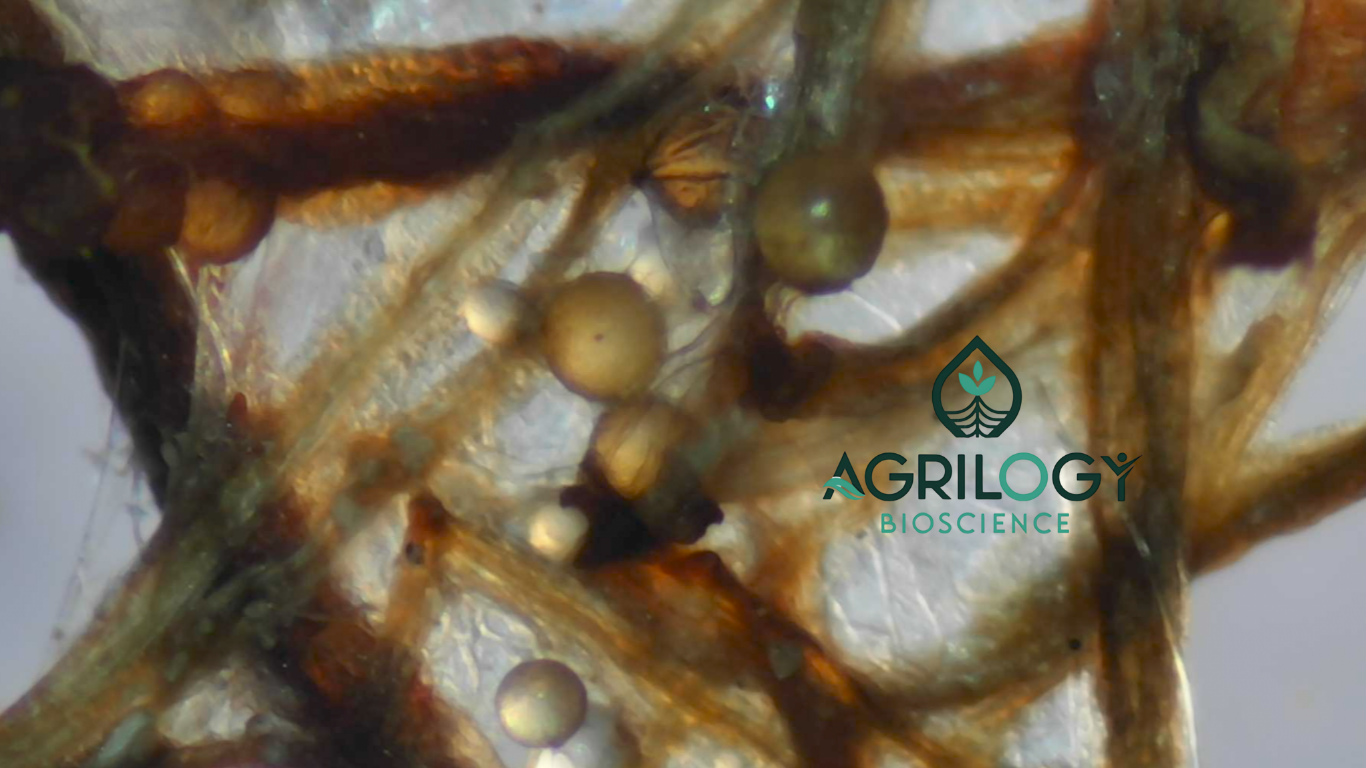
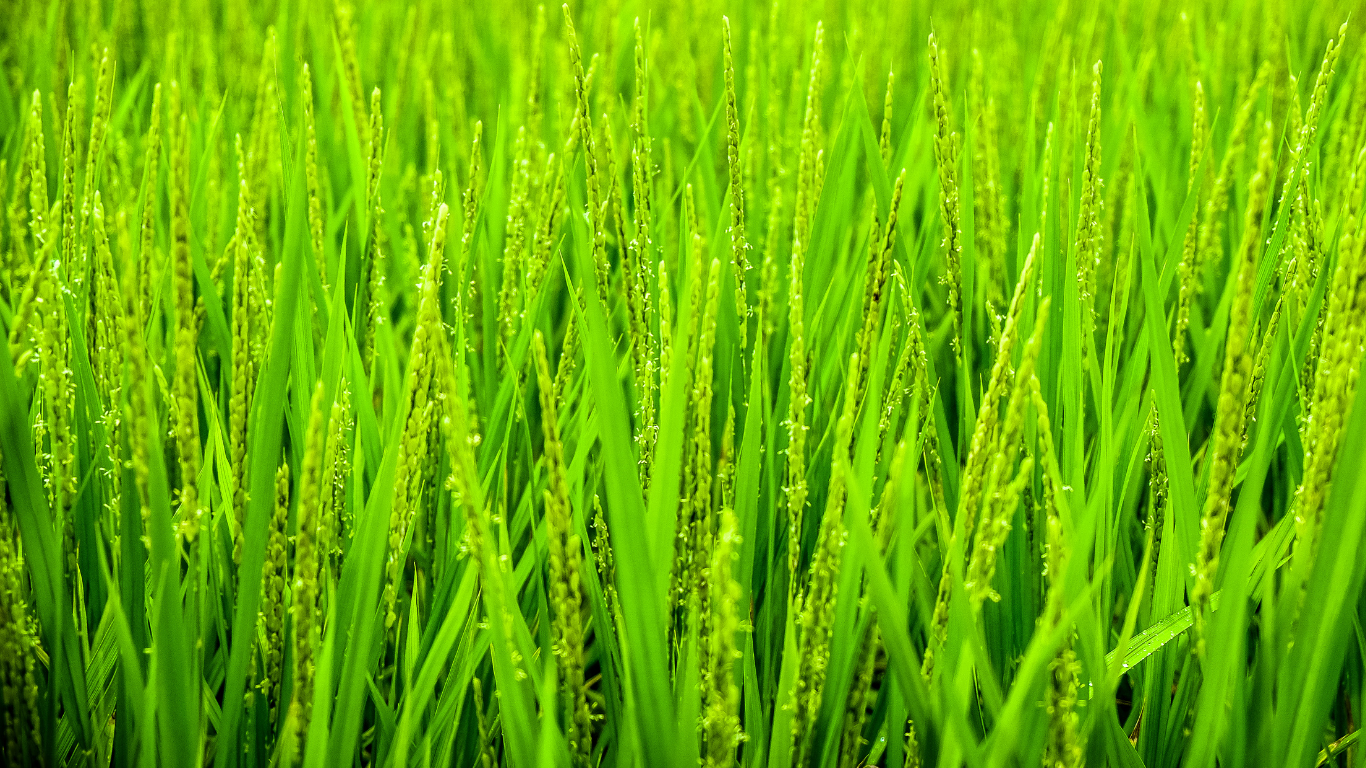
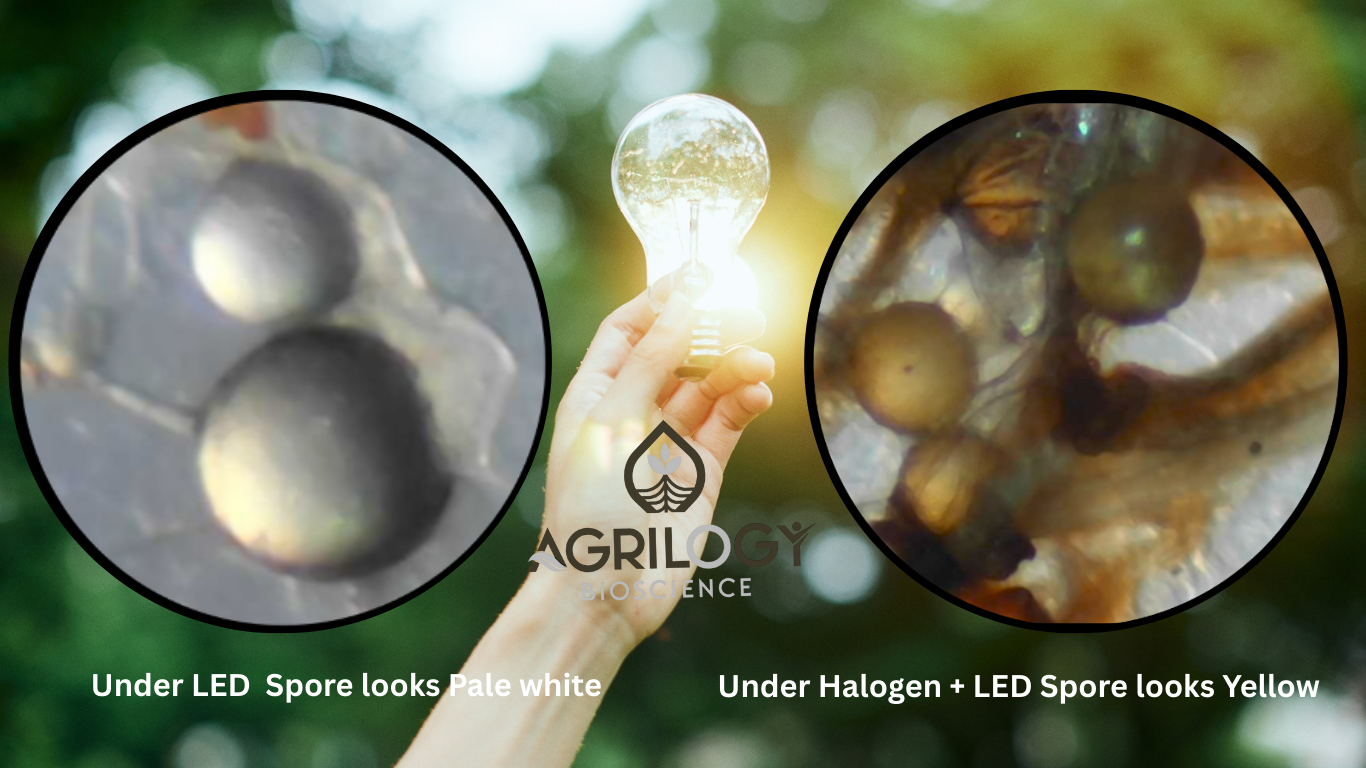
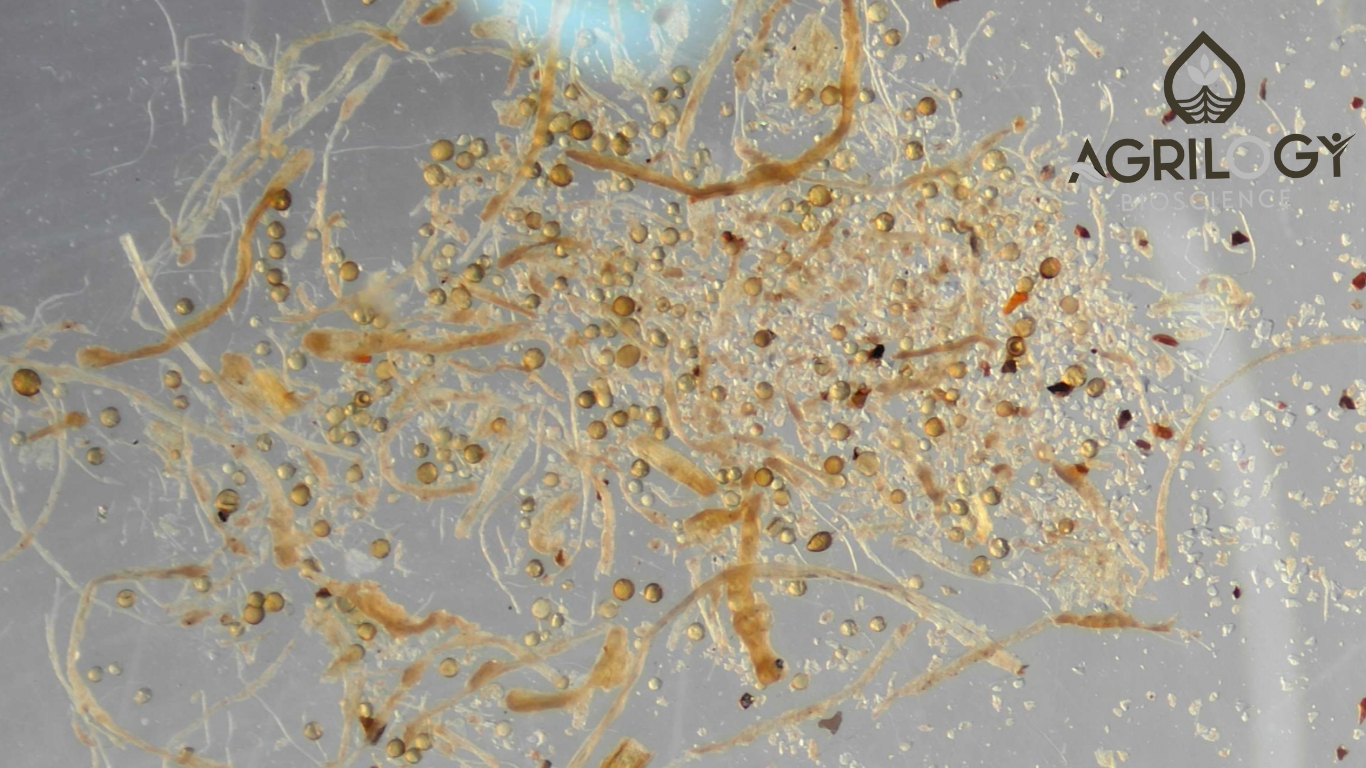
Leave a Comment